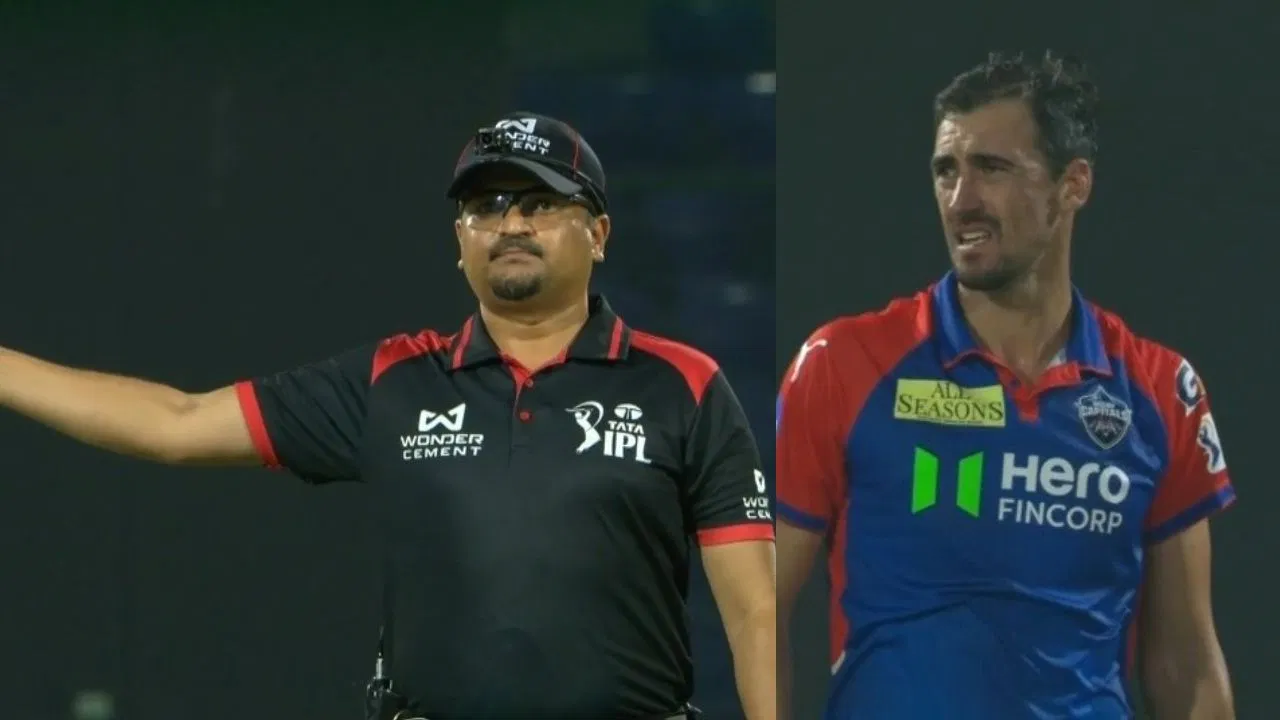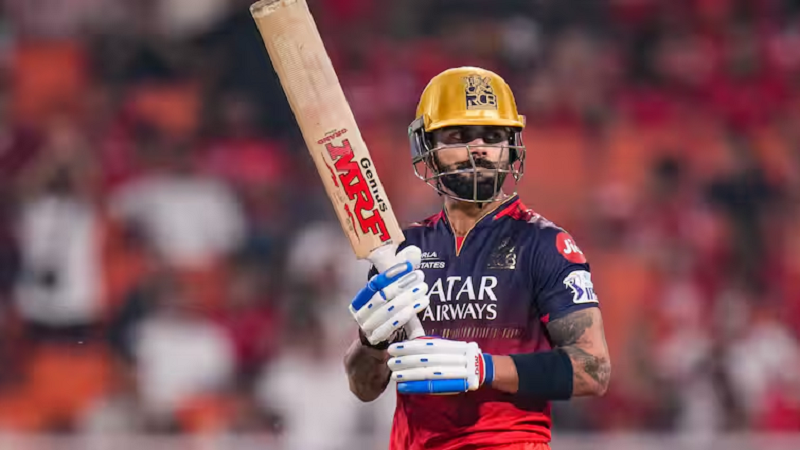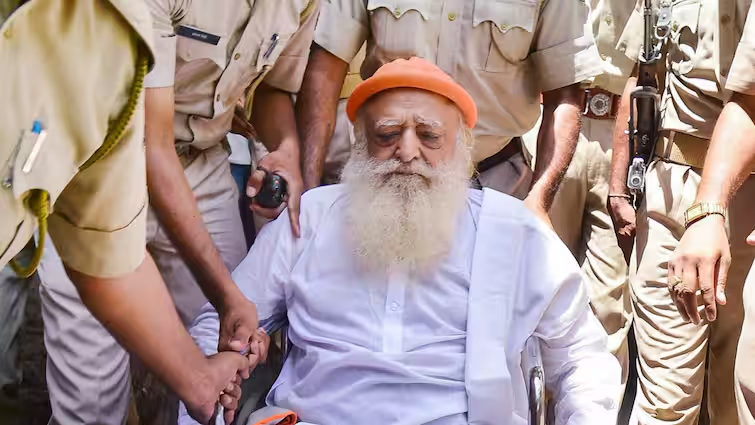Mitchell Starc No-Ball Controversy: Was It Unfair? Here's What ICC Rule Actually Says
- byPranay Jain
- 17 Apr, 2025

The Super Over thriller between Delhi Capitals and Rajasthan Royals on 16 April had everything—tension, drama, and now, controversy. The spark? A no-ball call against Mitchell Starc that raised eyebrows and triggered fan outrage. But was it really an injustice, or just ICC law doing its job?
What Happened?
During the Super Over, Mitchell Starc bowled a fiery spell for Delhi. On his fourth delivery, bowled from around the wicket to right-hander Riyan Parag, Starc conceded a boundary. But more importantly, the third umpire signaled a no-ball—not for overstepping the front line, but due to an issue with his back foot placement.
This confused many viewers, as his front foot looked clean, and even some commentators were momentarily unsure of what was wrong.
Here's What the Law Says
According to Law 21.5.1 of the MCC Laws of Cricket:
"The bowler’s back foot must land within and not touch the return crease."
- The return crease is the line perpendicular to the bowling crease, running along the sides of the pitch.
- If the bowler’s back foot touches or goes outside this line during delivery, it’s a no-ball, even if the front foot is fine.
So, Starc’s back foot touching the return crease was enough to make it illegal, and the umpire's decision was 100% correct under the rules.
Was There Any Injustice?
Technically—no. The decision was in line with ICC regulations. While the back-foot no-ball is rare and often overlooked, it’s still part of the lawbook and subject to review. In this case, the third umpire caught it, and Delhi had to bowl an extra delivery.
Did It Matter?
Not really in the grand scheme:
- Rajasthan managed only 11 runs despite the extra ball.
- Delhi chased it in just 4 balls, thanks to KL Rahul and Tristan Stubbs.
So even though the incident caused a stir, Delhi Capitals had the last laugh, and the no-ball didn’t alter the final result.
Bottom Line
The Mitchell Starc no-ball wasn’t a blunder — it was a rare but legit enforcement of the back-foot rule, often ignored in modern cricket. If anything, it reminded fans and players alike that every inch matters, especially in crunch moments like a Super Over.






